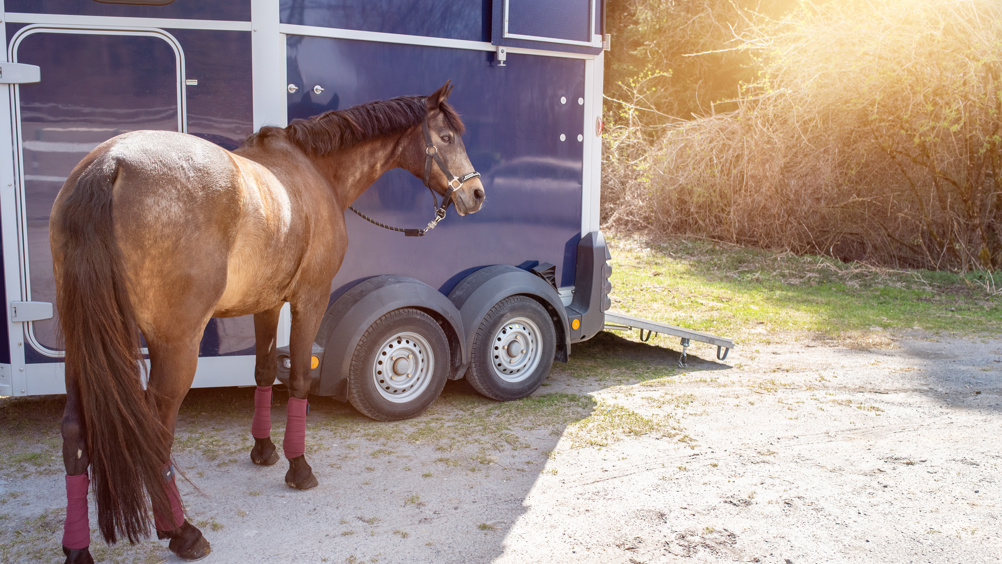References
A nutritional review of polysaccharide storage myopathy

Abstract
Polysaccharide storage myopathy is characterised as the dissolution of skeletal muscle in association with exercise. Genetic testing has uncovered two forms of polysaccharide storage myopathy: PSSM1 and PSSM2, and a subtype known as myofibrillar myopathy. Horses with these conditions can display a variety of symptoms. Nutritional management of PSSM1 and PSSM2 cases hinges on ensuring that rations are low in both starch and sugar, and daily exercise is also important for these horses.
Polysaccharide storage myopathy (PSSM) is also referred to as ‘tying up’, azoturia, Monday morning disease or exertional rhabdomyolysis syndrome (Frape, 2004). In simple terms, it is characterised as the dissolution of skeletal muscle in association with exercise. The term ‘polysaccharide’ refers to complex sugars stored in skeletal muscle.
Genetic testing now distinguishes two forms of PSSM and, more recently, a sub-type:
PSSM1 is caused by a genetic mutation in the glycogen synthase gene – glycogen is the storage form of starch and sugar. PSSM2 represents one, or more, other form of muscle disease that is characterised by abnormal staining of muscle glycogen in microscopic examination of muscle biopsies, while myofibrillar myopathy is described as an abnormal build-up of ‘desmin’ (a protein) in muscle tissue and myofibrillar degeneration (Valberg et al, 2017).
Type 1 PSSM was first described in detail by Valberg et al (1992) and is associated with a dominant mutation in the skeletal muscle glycogen synthase gene (GYS1). This gene mutation causes excessive storage of sugar (glycogen) in skeletal muscle (Valberg, 2017).
Register now to continue reading
Thank you for visiting UK-VET Equine and reading some of our peer-reviewed content for veterinary professionals. To continue reading this article, please register today.

